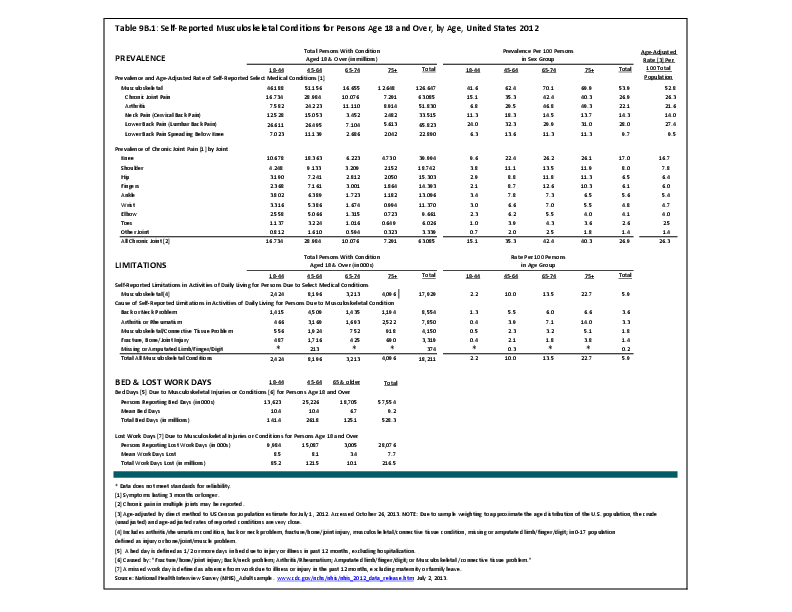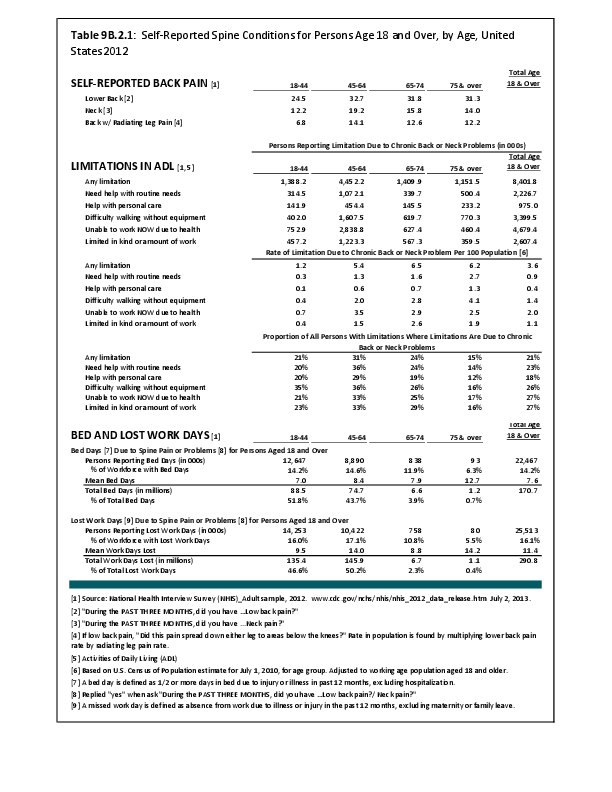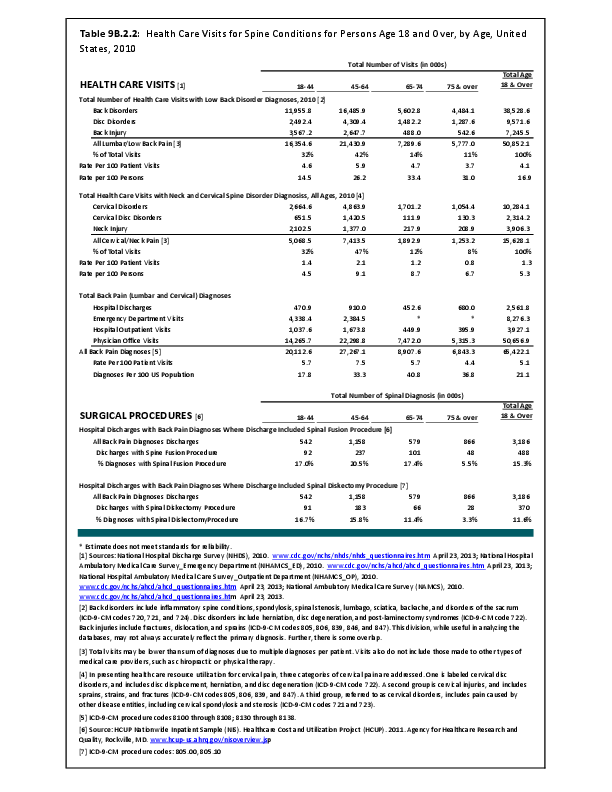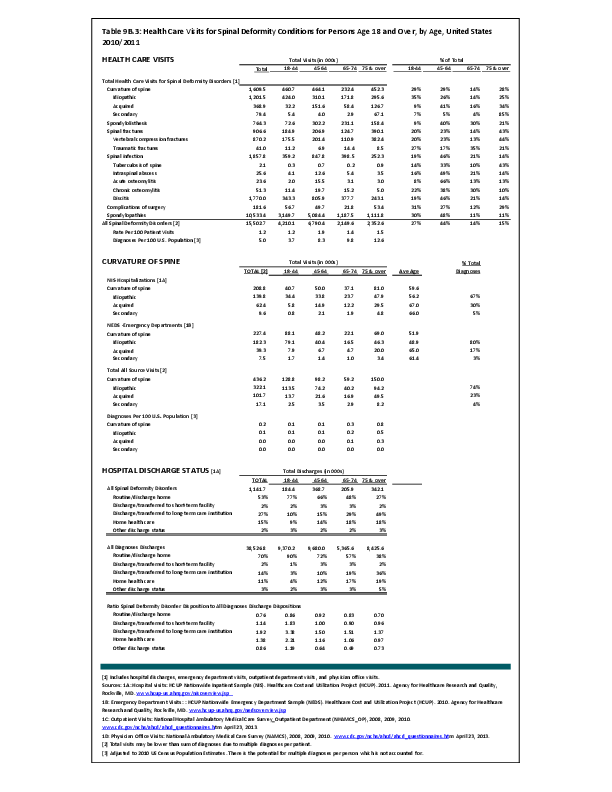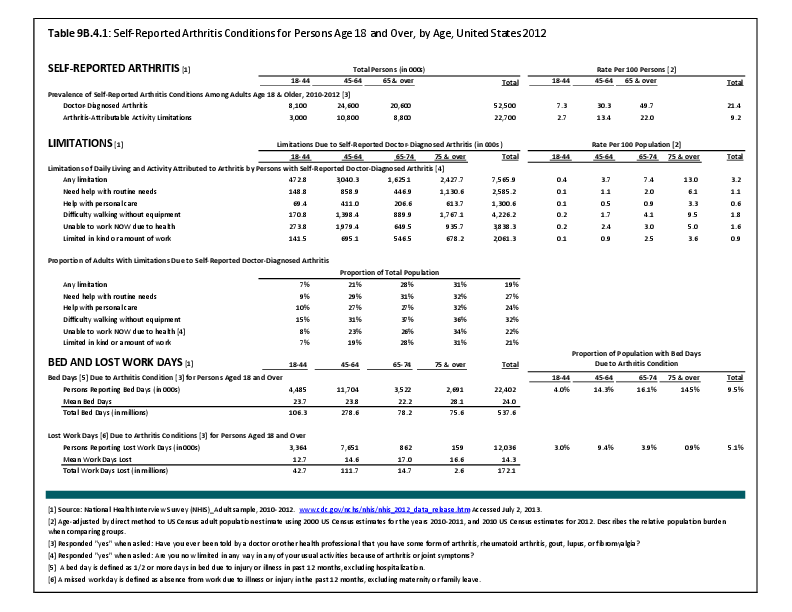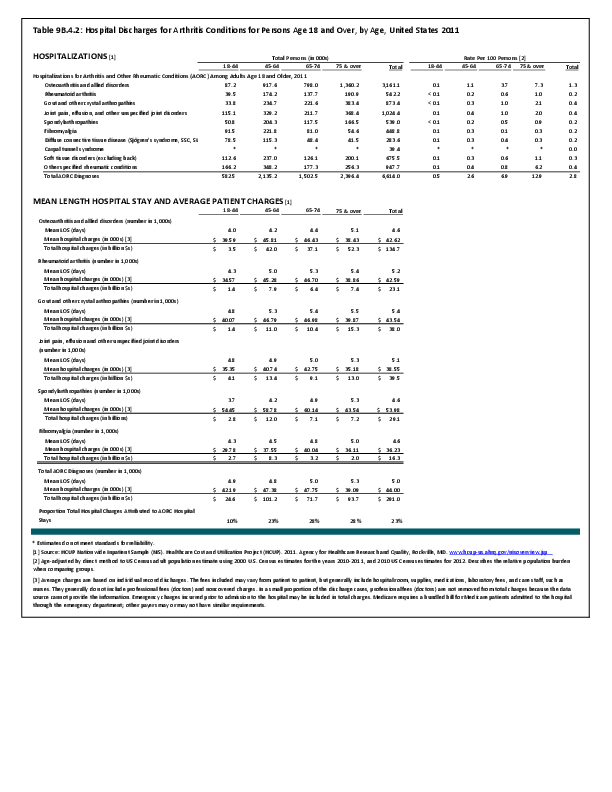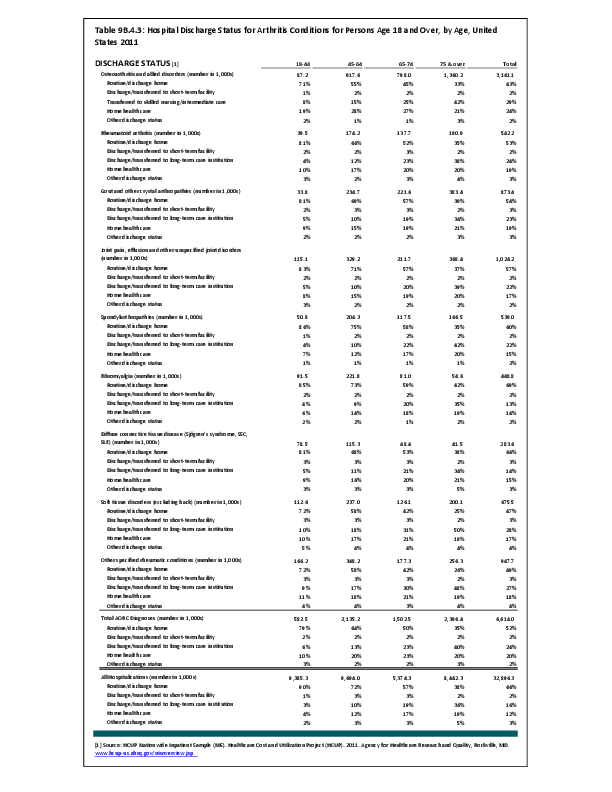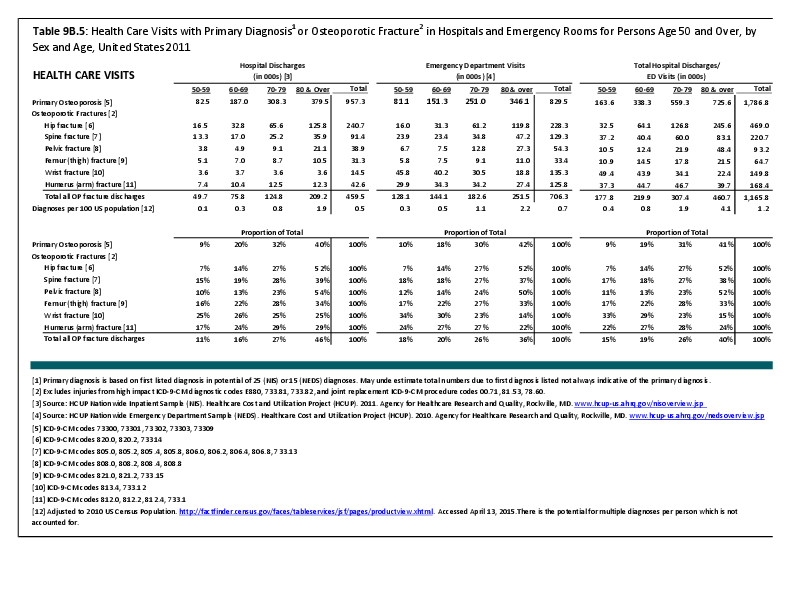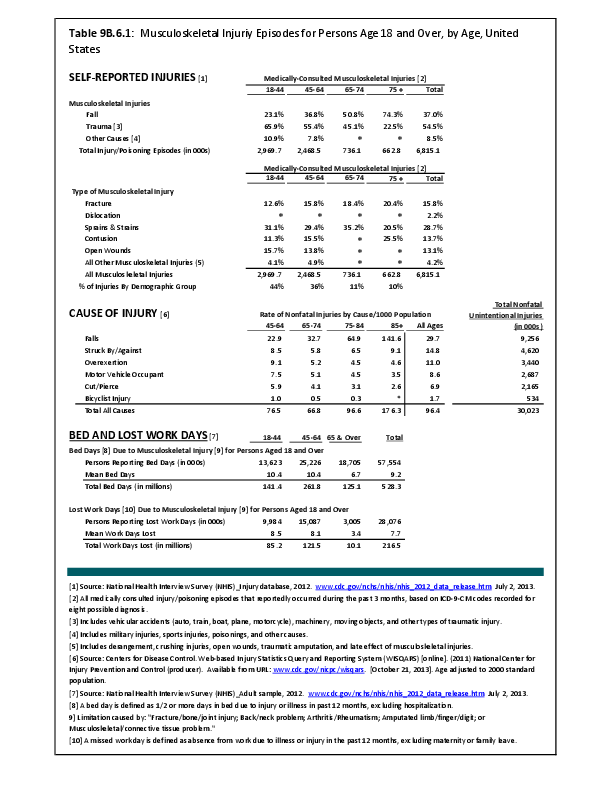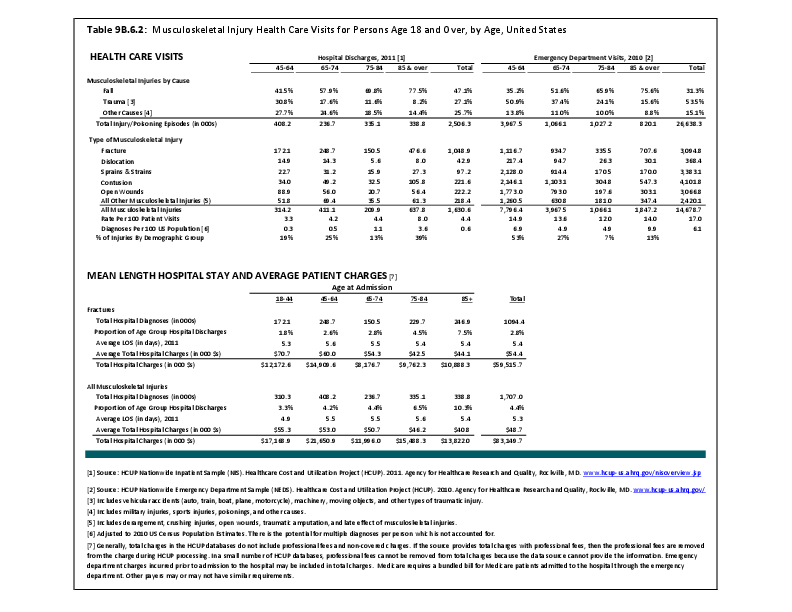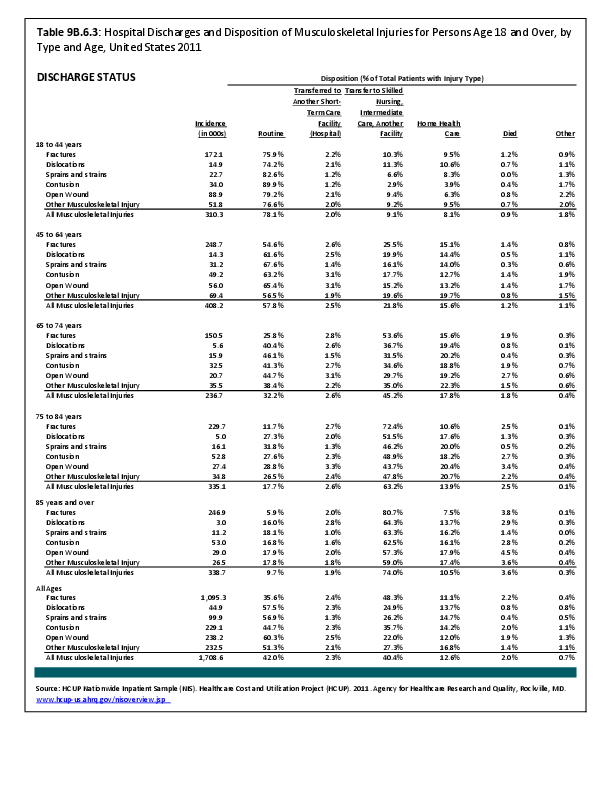A growing body of work on health-related knowledge translation reveals significant gaps between what is known to improve health and what is done to improve health. The costs of ignoring these gaps are increasingly apparent: suboptimal or unnecessary care, overuse or premature adoption of treatments, and new research that may not be based on the latest evidence or may not adequately address patient needs.
A gap in medical care occurs after an osteoporosis-related fracture in older adults. Furthermore, decreasing rate of treatment for osteoporosis after hip fracture is noted in the US by Solomon and colleagues.1 The latest quality measures by the National Commission on Quality Assessment indicate that treatment for osteoporosis after a fracture in an older woman is merely 23%; thus, thousands of individuals are at an elevated risk for recurrent fractures. New quality indicators by the Centers for Medicare and Medicaid Services (CMS), namely Physician Quality Reporting System (PQRS), are expected to promote clinical changes. PQRS measure 40, which addresses osteoporosis management after distal radius, vertebral, and hip fractures in women over the age of 50 years, will be used to assess performance for physicians. The Joint Commission is considering similar measures for hospitals. Quality improvement programs have been successful in increasing treatment rates for osteoporosis after a fracture, but as of yet, they are not widely available in the United States.2,3,4
Prevention of falls is another area with a gap in medical care. Falls are common in older individuals, affecting as many as 30% of older women. Injuries from falls include fractures and blunt head trauma, and may result in increased mortality. Women with self-reported osteoarthritis (OA), in particular, have an increased risk of falls and, in spite of elevated bone mass, remain at risk of fractures.5 In 2012, the cost of fall injuries totaled more than $36 billion. As the population ages, the financial toll for older-adult falls is projected to reach $59.6 billion by 2020.6
Falls result in more than 2.4 million injuries treated in ERs annually, including more than 772,000 hospitalizations and more than 21,700 deaths. Every 15 seconds, an older adult is treated in the ER for a fall. Every 29 minutes, an older adult dies after a fall.7
Musculoskeletal disorders are prevalent, and often of serious consequences in older adults. A greater awareness in the medical community and dissemination of effective interventions will result in a higher quality of life and prevention of disability among America’s seniors.
- 1. Solomon DH, Johnston SS, Boytsov NN, McMorrow D, Lane JM, Krohn KD: Osteoporosis medication use after hip fracture in U.S. patients between 2002 and 2011. J Bone Miner Res 2014;29(9):1929-1937.
- 2. Edwards BJ, Bunta AD, WB M, et al.: Own the Bone®: A system-based intervention to improve osteoporosis care after fragility fractures. American Society of Bone and Mineral Research; 2013; Baltimore, MD.
- 3. Edwards BJ, Koval K, Bunta AD, et al.: Addressing secondary prevention of osteoporosis in fracture care: Follow-up to "own the bone." J Bone Joint Surg Am 2011;93(15):e87.
- 4. Dell R, Greene D, Schelkun SR, Williams K: Osteoporosis disease management: the role of the orthopaedic surgeon. J Bone Joint Surg Am 2008;90 Suppl 4:188-194.
- 5. Arden NK, Nevitt MC, Lane NE, et al.: Osteoarthritis and risk of falls, rates of bone loss, and osteoporotic fractures. Study of Osteoporotic Fractures Research Group. Arthritis Rheum 1999;42(7):1378-1385.
- 6. American Geriatrics Society: Falls Prevention in Older Adults. http://www.uspreventiveservicestaskforce.org/Page/Document/Recommendatio.... Accessed June 22, 2015.
- 7. National Center for Injury Prevention and Control: Preventing Falls: How to Develop Community-based Fall Prevention Programs for Older Adults. Atlanta, GA: Centers for Disease Control and Prevention, 2008. http://www.cdc.gov/homeandrecreationalsafety/Falls/community_preventfall... Accessed June 22, 2015.
Edition:
- 2014

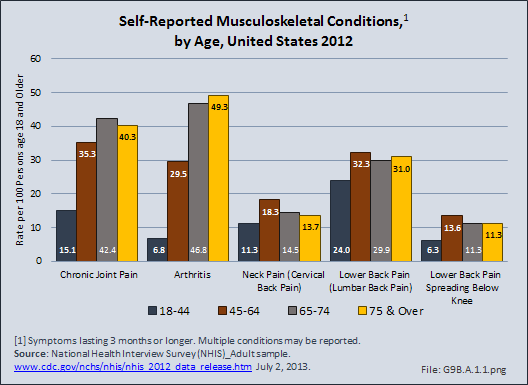
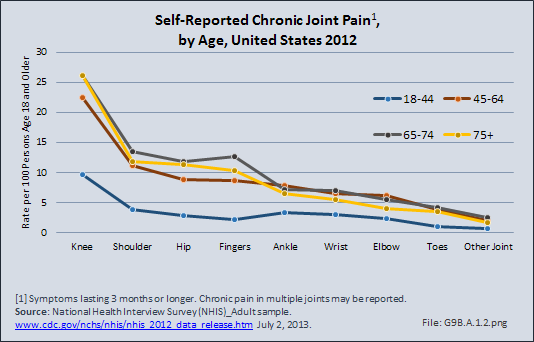
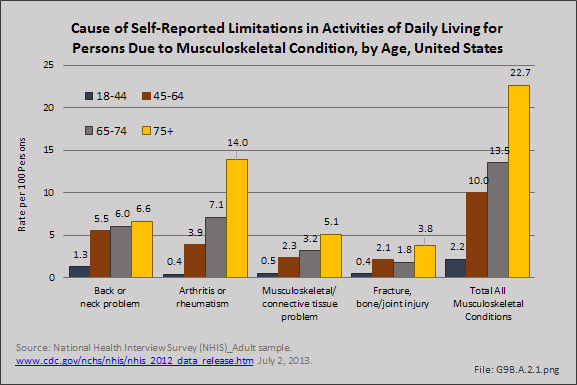
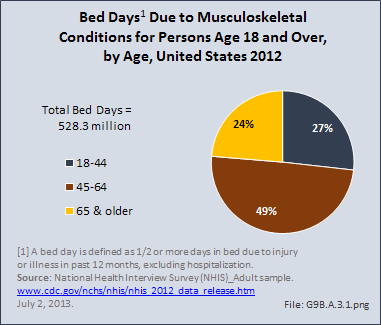
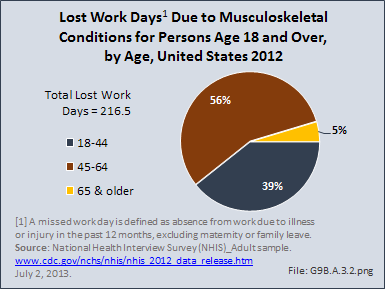
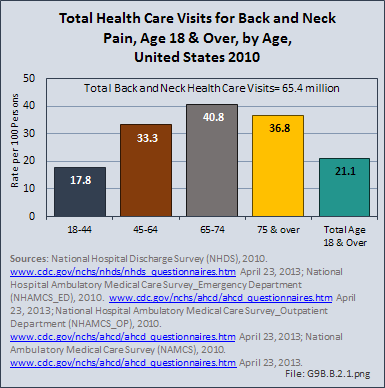
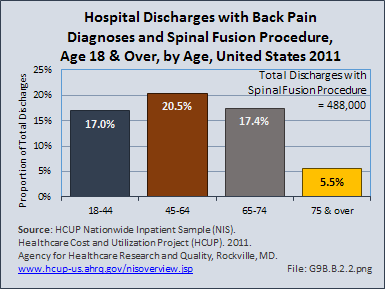
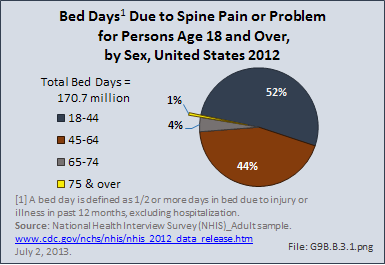
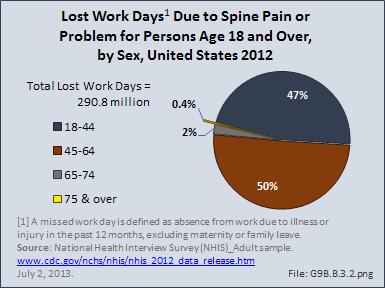
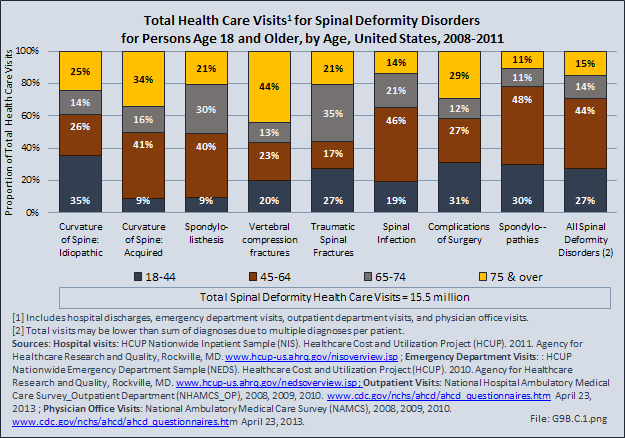
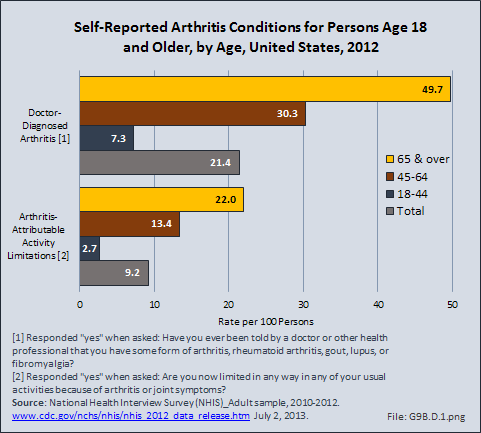
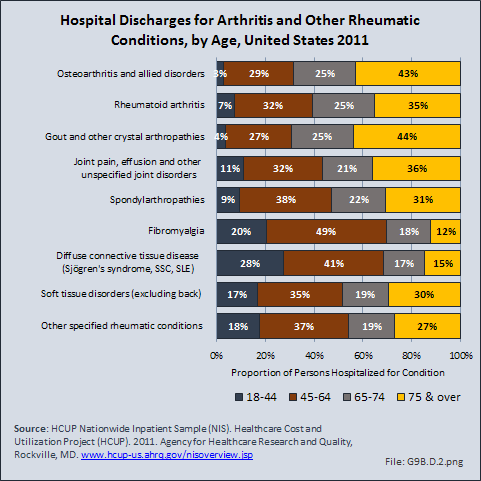
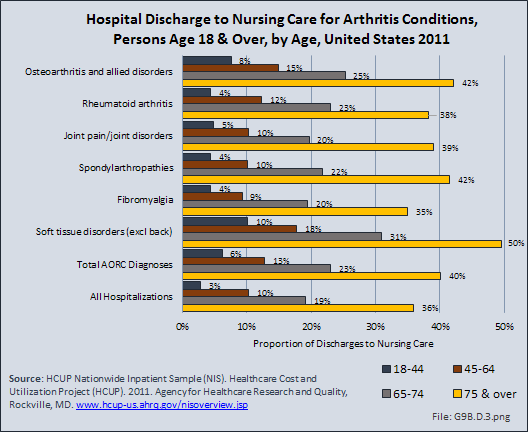
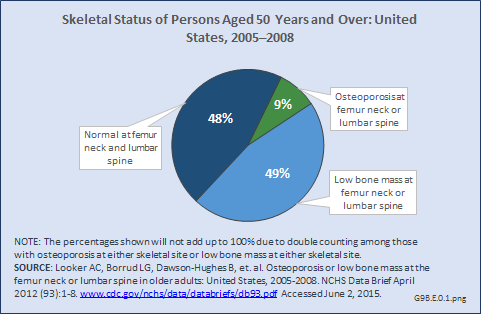
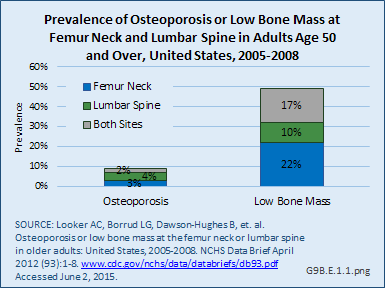
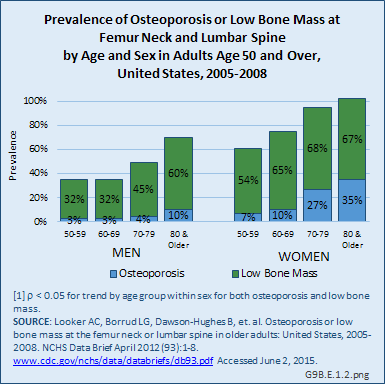
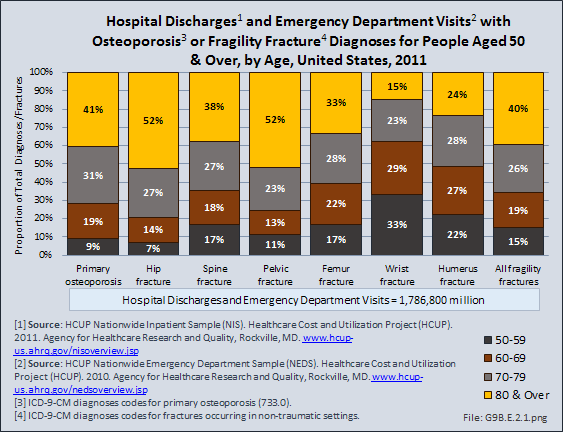
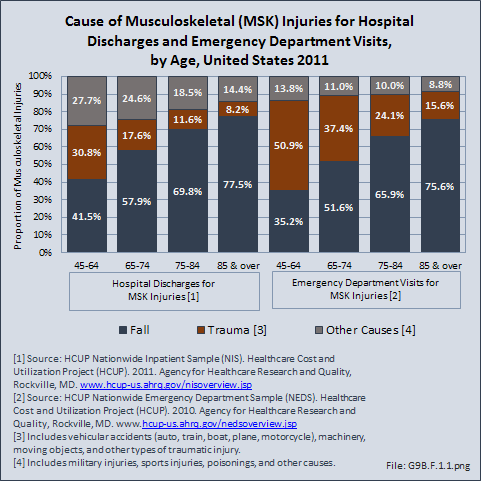
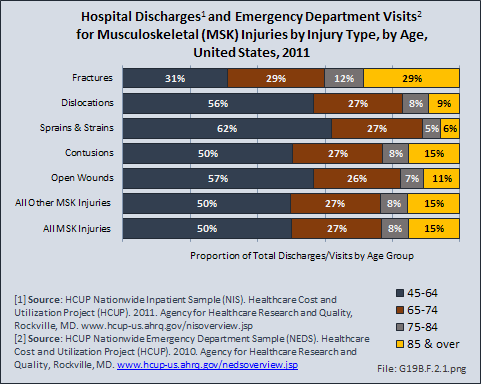
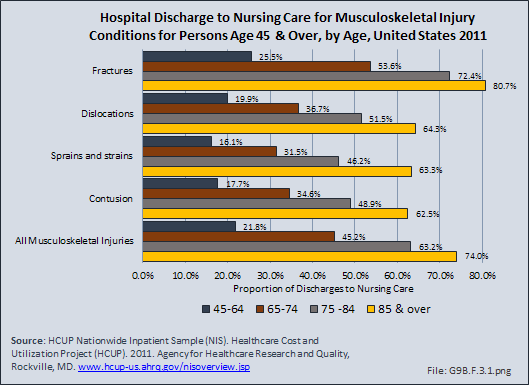
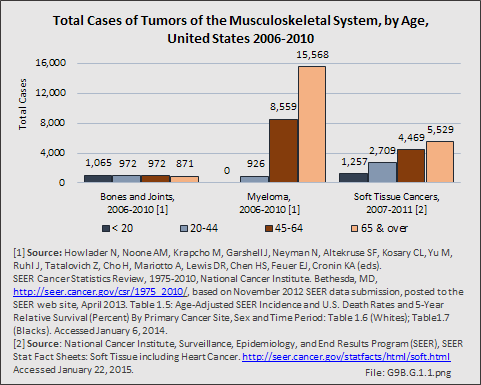
 Download as CSV
Download as CSV